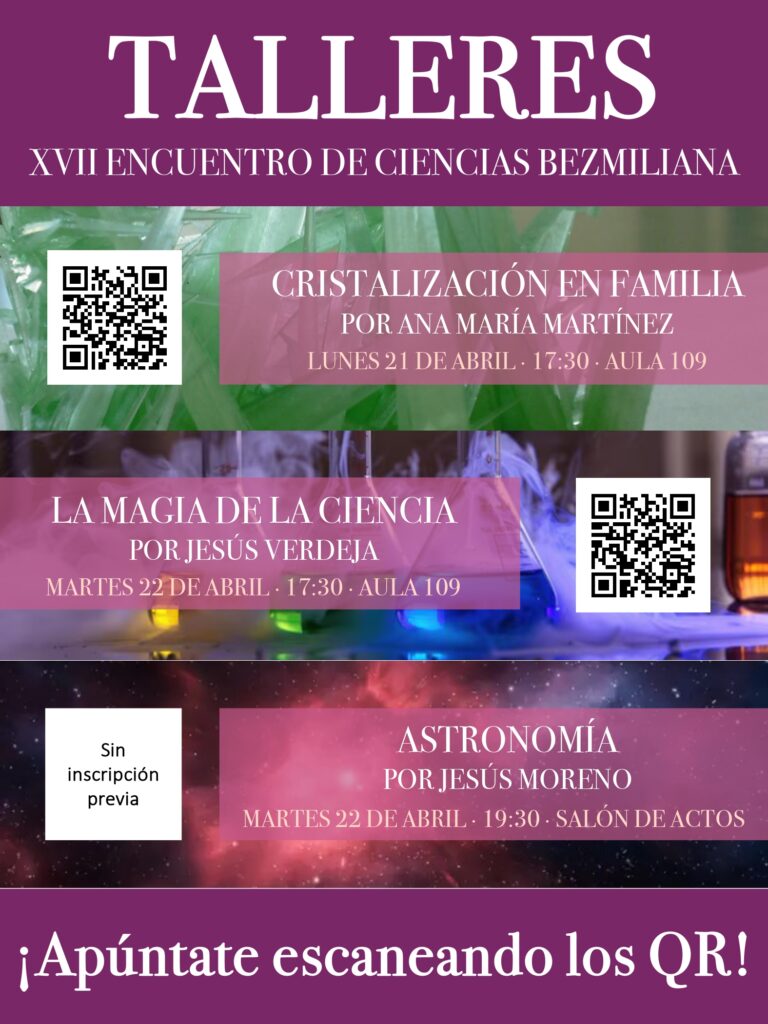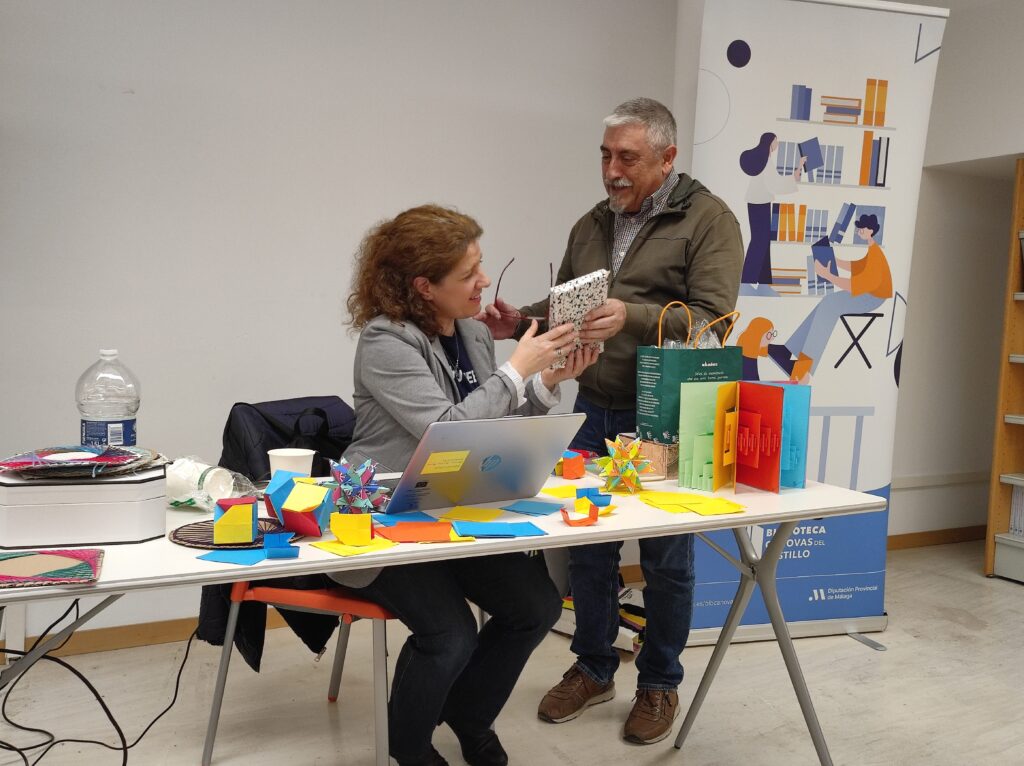1. Introduction to Adaptive Sound in Interactive Experiences
a. Definition and core principles of adaptive sound
Adaptive sound refers to audio environments that change in real-time based on user interactions, environmental context, or system states. Its core principle is responsiveness: soundscapes adjust seamlessly to create a sense of presence and immersion. For instance, in a virtual desert scene, ambient wind sounds intensify when the user moves closer to dunes, enhancing the feeling of being amidst a vast landscape.
b. Importance of sound design in user engagement and immersion
Sound plays a crucial role in capturing attention and conveying emotional cues. Well-designed soundscapes can elevate user engagement, foster emotional connections, and deepen immersion. An environment that responds audibly to user actions, such as rewarding progress with distinct cues, sustains motivation and enhances overall experience.
c. Overview of how adaptive sound differs from static audio environments
Unlike static audio, which remains unchanged regardless of user input, adaptive sound evolves continuously. Static environments risk becoming monotonous, whereas adaptive systems personalize and vary soundscapes, making virtual experiences more vibrant and believable.
2. The Educational Foundations of Adaptive Sound Technology
a. How adaptive sound leverages real-time user data and behaviors
Adaptive sound systems analyze user inputs—such as movement, gestures, or choices—to modify audio cues. For example, in an interactive game, if a player approaches a hidden object, the environment might subtly shift to include faint footsteps or whispers, guiding discovery without breaking immersion.
b. Algorithms and AI integration in dynamic audio adjustment
Advanced algorithms and artificial intelligence underpin adaptive sound, enabling nuanced responses. Machine learning models can predict user intentions and pre-emptively adjust soundscapes. For instance, in a virtual tour, AI might amplify ambient sounds like street chatter or animal calls based on user location and focus, creating a more convincing environment.
c. Benefits of personalized soundscapes for learning and entertainment
Personalized audio enhances learning by aligning sound cues with individual preferences and behaviors, improving retention and engagement. In entertainment, adaptive sound creates a sense of agency and immersion, making users feel like active participants rather than passive observers.
3. Enhancing Interactivity Through Adaptive Audio
a. Creating responsive environments that react to user actions
Responsive environments use adaptive sound to reflect user interactions. For example, stepping into a virtual street scene might trigger sounds of vendors calling out or distant traffic, making the scene feel alive and responsive. Such cues reinforce spatial awareness and encourage exploration.
b. Impact on user immersion and emotional engagement
When audio responds to actions, users experience heightened emotional engagement and a sense of presence. Dynamic sound cues can evoke excitement, anticipation, or calmness, depending on context. For instance, in a desert adventure, the rustling of cacti or distant thunder can evoke tension or tranquility, aligning with narrative goals.
c. Case studies of adaptive sound in various interactive media
Video games like The Last of Us Part II employ adaptive sound to reflect emotional states, changing music tempo and environmental sounds based on player actions. Virtual reality platforms utilize spatialized audio that shifts as users turn their heads, maintaining immersion. Even educational simulations adapt sounds to reinforce learning points, demonstrating the versatility of this technology.
4. Case Study: Pinateros – A Modern Interactive Experience
a. Description of Pinateros and its thematic setting (e.g., Mexican desert, street scenes)
Pinateros exemplifies a contemporary interactive experience set against a vibrant Mexican street scene, featuring lively markets, desert landscapes, and cultural motifs. Its design aims to immerse users in a rich, textured environment that blends visual artistry with responsive audio cues.
b. How adaptive sound complements visual elements (e.g., street sounds, desert ambience)
Adaptive sound in Pinateros synchronizes with visual cues, such as the clatter of market stalls, distant camel calls, or wind rustling through cacti. As users explore, soundscapes shift—distant street chatter intensifies near busy areas, while calmer desert sounds prevail when wandering away—enhancing realism and immersion.
c. The role of sound cues in rewarding user progress, akin to premium rewards (gold frames, dotted borders)
In Pinateros, auditory cues serve as rewards, marking milestones with distinctive sounds—such as a melodic chime or a flourish—that reinforce progress. These cues subtly mimic premium visual rewards like gold frames or dotted borders, leveraging sound to motivate continued interaction and a sense of achievement.
5. Design Considerations for Implementing Adaptive Sound in Interactive Platforms
a. Balancing realism and user control
Achieving a natural balance between authentic soundscapes and user autonomy is vital. Overly intrusive sounds can distract, while insufficient cues may reduce immersion. Providing users with controls to adjust audio sensitivity or toggle certain sounds enhances comfort and personalization.
b. Ensuring seamless transitions and avoiding sensory overload
Smooth audio transitions prevent jarring experiences. Crossfading techniques and adaptive layering allow sounds to evolve organically. Careful calibration ensures that sound cues support engagement without overwhelming the user, maintaining comfort over extended interactions.
c. Cultural and contextual relevance in sound design (e.g., Mexican accents, desert sounds)
Culturally relevant sounds deepen authenticity. Incorporating regional accents, traditional instruments, or environment-specific sounds like desert winds enhances immersion. For example, using authentic Mexican street music or native desert sounds aligns audio cues with visual themes, fostering a cohesive experience.
6. The Impact of Adaptive Sound on User Experience and Engagement
a. Enhancing motivation and reward perception
Auditory rewards reinforce motivation, making users feel recognized and accomplished. Pleasant sounds associated with progress encourage continued exploration and interaction, similar to how visual cues like borders or frames motivate users in gamified environments.
b. Supporting narrative and thematic consistency
Consistent sound design aligns with storytelling, immersing users in the narrative. In Pinateros, desert sounds and street music support the theme, while adaptive cues reflect story developments, thereby strengthening thematic cohesion.
c. Quantitative and qualitative measures of success in adaptive sound applications
Success metrics include user engagement time, task completion rates, and subjective feedback. Studies show that adaptive sound can increase retention by up to 20%, and qualitative surveys often cite heightened immersion and emotional response as key benefits.
7. Challenges and Limitations of Adaptive Sound Technologies
a. Technical constraints and resource requirements
Implementing real-time adaptive sound demands significant processing power and sophisticated algorithms. Ensuring low latency and high-quality audio can strain hardware, especially in resource-limited devices.
b. Potential for user fatigue or distraction
Overly complex or unpredictable sound responses may lead to sensory overload or fatigue. Balance is essential to maintain engagement without causing discomfort or distraction.
c. Ethical considerations in data collection and personalization
Gathering user data for adaptive sound personalization raises privacy concerns. Transparent data policies and options for user control over personalization are critical to ethical implementation.
8. Future Trends and Innovations in Adaptive Sound for Interactive Experiences
a. Integration with virtual and augmented reality environments
As VR and AR technologies mature, adaptive sound will become essential for spatial awareness and presence. 3D audio processing will enable highly personalized and context-aware soundscapes that react seamlessly to user movements and environment changes.
b. Advances in AI for more nuanced and anticipatory sound responses
Machine learning models will increasingly predict user intentions, allowing sounds to adapt proactively. For example, in educational platforms, the system might preemptively adjust background sounds based on user focus, optimizing engagement.
c. Potential for culturally adaptive soundscapes in global applications
Future adaptive sound systems will incorporate cultural nuances, enabling experiences tailored to diverse audiences. This approach fosters inclusivity and authenticity across global digital environments.
9. Conclusion: The Transformative Power of Adaptive Sound in Modern Interactivity
«Thoughtful audio design, especially adaptive sound, is no longer a luxury but a necessity for creating compelling, immersive digital experiences. It transforms static environments into living worlds, as exemplified by innovative platforms like Pinat3r0s d3m0.»
By integrating adaptive sound thoughtfully, developers and designers can elevate user engagement, deepen emotional connections, and craft experiences that resonate on a personal level. As technology advances, the importance of sound design will only grow, making it a cornerstone of future interactive media.















